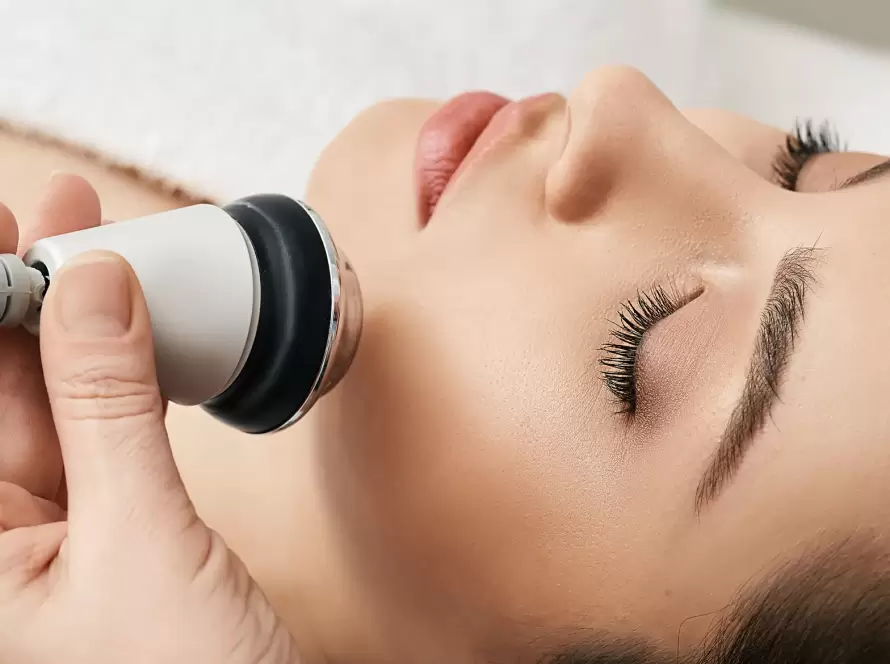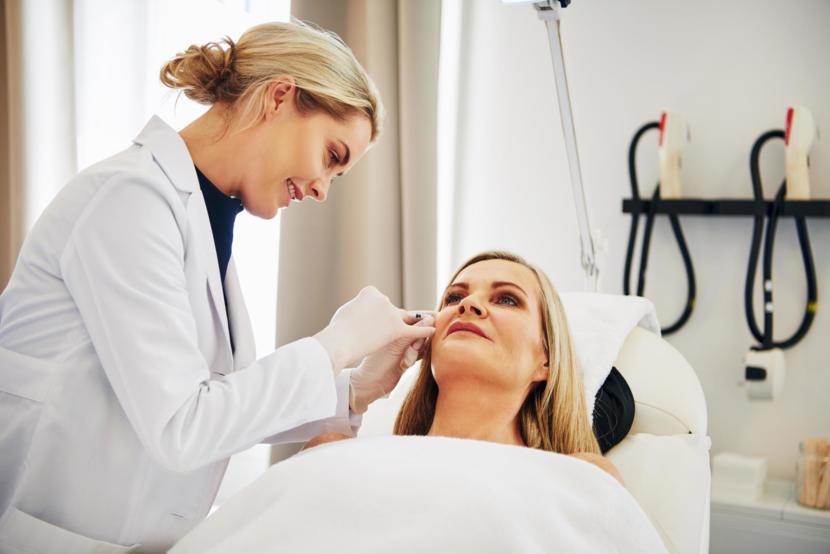Explore the comprehensive guide to non-inflammatory types of acne, shedding light on common types such as blackheads and whiteheads. Uncover insights into their causes, symptoms, and effective treatment options.
Understand how non-inflammatory acne differs from its inflammatory counterparts and when to visit a doctor to prevent breakouts. Whether dealing with occasional blemishes or persistent concerns, empower yourself with the knowledge to achieve more transparent and healthier skin.
Non-Inflammatory Types of Acne
Blackheads and whiteheads are both kinds of acne lesions that are not painful. They are usually the less severe types of acne and do not cause inflammation or discomfort.
Whiteheads
It is the medical term used to describe whiteheads as closed comedowns. They are flesh-colored or have small bumps or spots. Skin with lighter complexions is generally white with a circular center surrounded by a red shimmer. On darker skin, the surrounding area can appear darker or even purple-hued. Whiteheads usually don’t cause any scarring.
The skin around the whitehead can appear wrinkled or tight, mainly if the whitehead is big or raised.
Blackheads
Blackheads, also known as open comedowns, are small, dark spots that can appear as slightly raised bumps. The skin around the blackhead typically appears normal, whereas the central part of the blackhead seems darker than the surrounding areas.
This coloration isn’t the result of dirt that has been trapped. The blackheads are whiteheads that have widened and opened. When the whitehead’s contents are exposed to the air, they darken.
Treatment options
Various over the counter (OTC) cleansers and gels, moisturizers, creams, and toners can treat acne-related blemishes that aren’t inflammatory. They usually contain a mix of active components.
The following ingredients found in OTC treatments may help in breaking down blackheads and whiteheads:
BENZOYL PEROXIDE
SALICYLIC ACID
AZELAIC ACID
ADAPALENE
Many solutions and lifestyle changes could aid in reducing the majority of mild-to-moderate forms of non-inflammatory acne. They include:
- Washing with lukewarm soap and water twice a day
- Applying non-abrasive cleaners
- Staying hydrated
- Avoiding excessive washing or irritating the skin
- Limiting exposure to sunlight
- Always apply sunscreen when out in the sun.
Acne sufferers shouldn’t scratch or pop their acne blemishes. This can cause problems such as scarring or developing cysts and nodules.
When Do You Need to Visit a doctor?
In the case of mild to moderate acne, an individual could be required to utilize at-home and OTC treatments regularly for up to 3 months before seeing results. Inflammatory types of more severe acne take longer to get rid of.
The patient should talk to a dermatologist or doctor when they notice pimples, whiteheads, blackheads, or blemishes:
- are serious
- do not react to other medication
- they are extremely painful
- are huge
- you can bleed quite a bit
- release lots of pus
- make up a significant portion of the face and the entire body
- create emotional stress
- are often found near sensitive areas, like the eyes, lips
Final Words
There are many types of acne. They can range from tiny bumps to massive cysts.
Acne may manifest as non-inflammatory blemishes, such as whiteheads and blackheads. They are caused by a buildup of dead skin cells and oil accumulated in hair follicles. They are typically seen on the back, face and chest.
If these blockages get damaged by bacteria, they could be inflamed. Inflamed acne may range from minor bumps, like pustules and papules, to more severe types, like cysts and nodules.
A severe acne condition can hurt well-being. However, one can manage all acne at home using OTC treatments.
In extreme cases, doctors can prescribe topical ointments, antibiotics or surgical interventions to prevent the development of acne. Come and consult with Dr. Aiza today!



